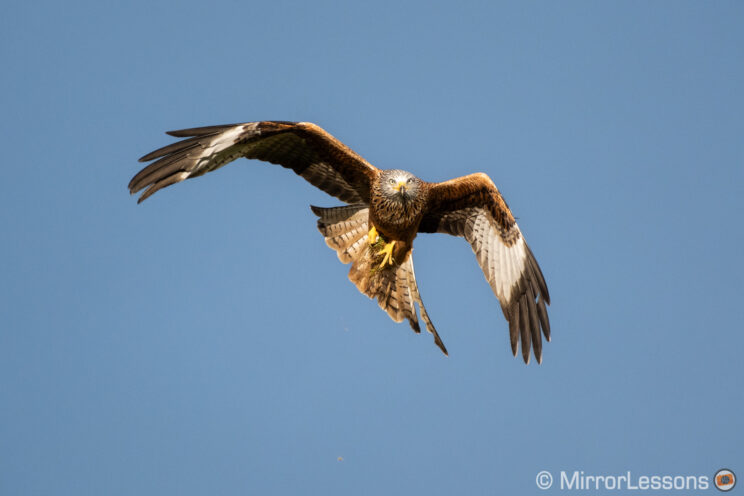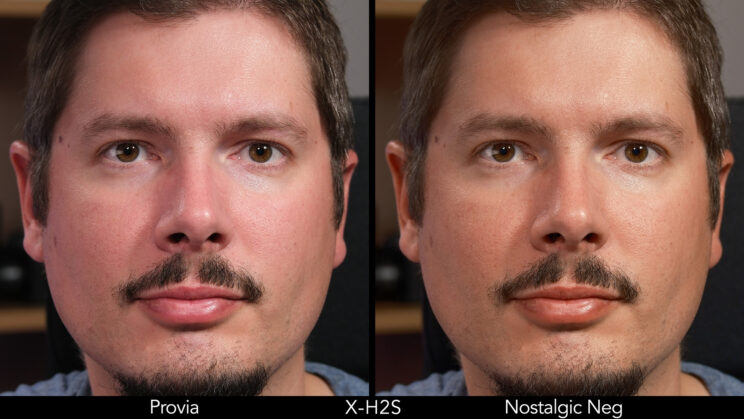Roll out the red carpet for the Fujifilm X-S20! It has arrived nearly three years after the release of the X-S10, which marked the beginning of a new design for Fujifilm in the enthusiast level segment: no more retro-styled exposure dials, but a modern compact look that focuses on improved ergonomics, mainly courtesy of the large front grip. The blend of good photo and video specs, as well as the competitive price, made the X-S10 a very good proposition back in 2020.
Is the new X-S20 still a great bang for the buck? In this article, I analyse all the ways it differs from its predecessor to find out.
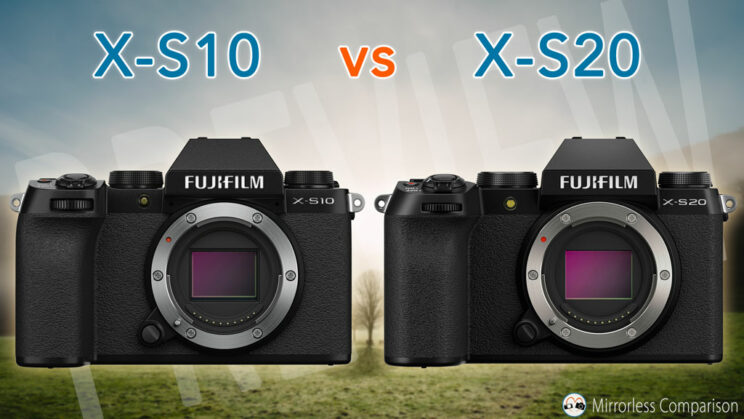
First though, it’s important to do a quick recap of all the things these two products have in common, because they are significant:
- 26.1MP BSI X-Trans IV CMOS sensor
- ISO 160 to 12800 (80 to 51200 extended)
- Hybrid AF system (117 / 425 points)
- Up to 20fps continuous shooting with electronic shutter (30fps with 1.25x crop), Pre-Shot mode
- 1,4000s max. shutter speed (1/32,000s with electronic shutter)
- 0.39-in OLED EVF with 0.62x magnification, 100Hz
- Dimensions (the X-S20 is 1.7mm wider, 26g heavier)
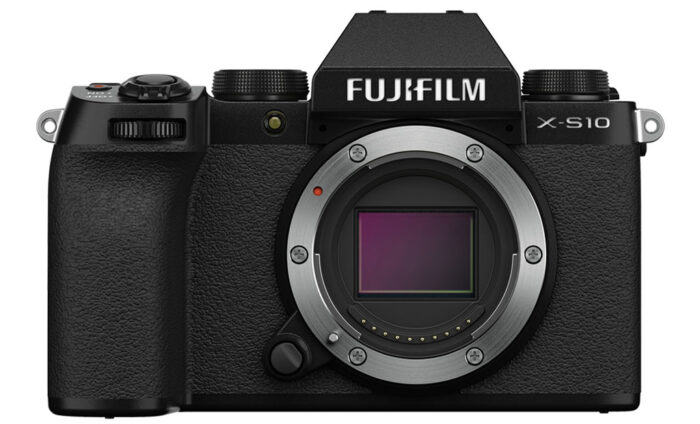
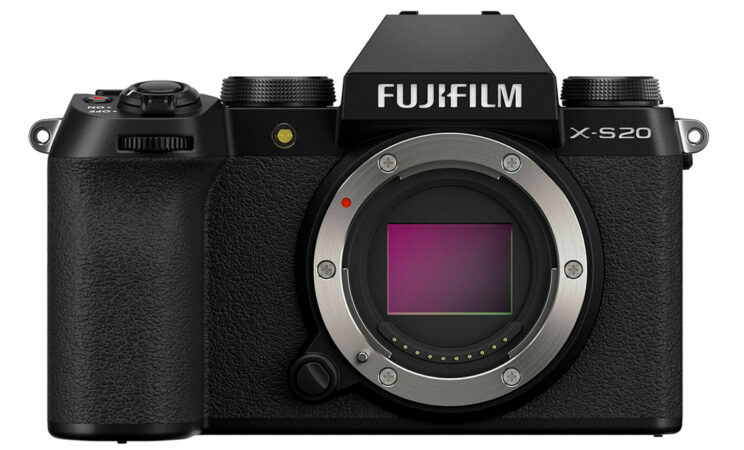
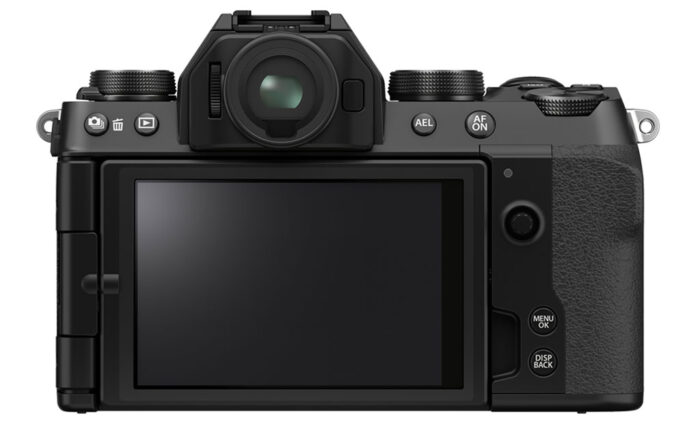
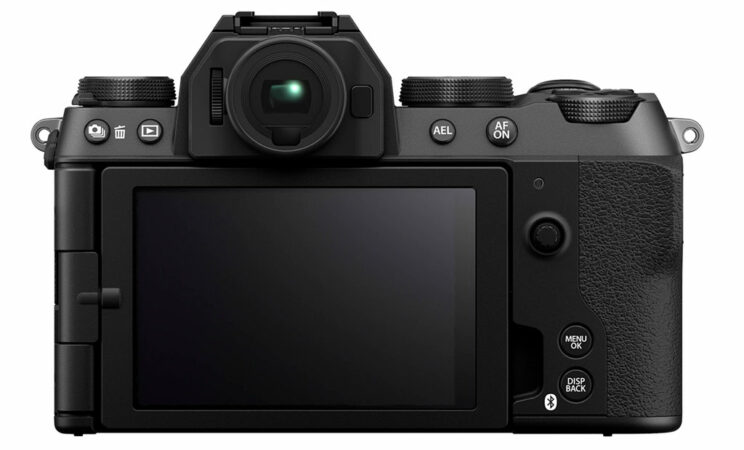
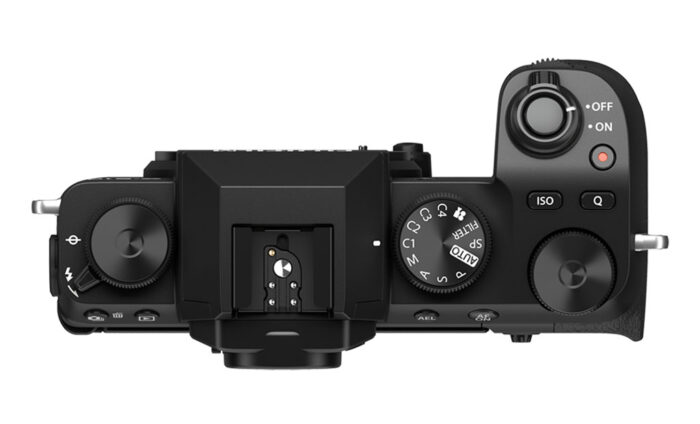
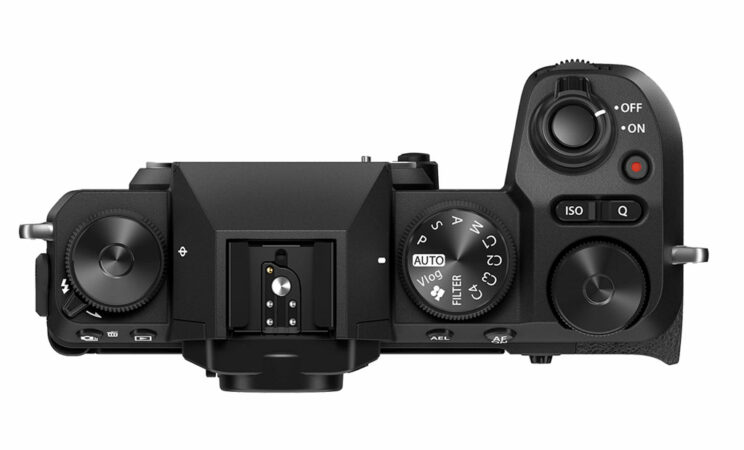
Additional comparison articles:
X-S10 vs X-S20
Ethics statement: the following is based on our personal experience with the X-S10, and official information about the X-S20. We were not asked to write anything about these products, nor were we provided any compensation of any kind. Within the article, there are affiliate links. If you buy something after clicking one of these links, we will receive a small commission. To know more about our ethics, you can visit our full disclosure page. Thank you!
1. Image Processor
While the two cameras use the same 26MP sensor, the image processor is different: the X-S10 features the older X-Processor 4, whereas the X-S20 has the latest X-Processor 5, which is two times faster.
The more advanced chip enhances the X-S20 performance on many levels. It includes subject detection capabilities, improved stabilisation and a better battery life. Keep reading to find out more about all these features.
The new camera can also record images in the 10-bit HEIF format, in addition to the standard 8-bit JPG and 14-bit RAW formats.
2. Deep Learning Autofocus
The number of AF points may be the same, but the X-S20 gets the latest implementation regarding software, deep learning technology and subject detection.
In addition to human beings, the new model can recognise animals (including birds and insects), vehicles (cars, motorcycles, bicycles, airplanes, trains) and even drones! The performance for faces and eyes on human subjects should also be more reliable, as well as the overall tracking capabilities with fast moving subjects.
There is a new function called Auto Subject Detection: the camera automatically detects and tracks a subject without the need to select which type it is in the menu (only available in the Auto shooting mode).
Finally, in video mode, the Product Priority setting automatically changes focus from the speaker to the product showcased in front, useful if you are working solo and reviewing a product.
3. Image Stabilisation
Both cameras come with in-body image stabilisation, but the X-S20 has a better rating (CIPA): 7 stops of compensation versus 6 stops on the S10 model, meaning a one stop improvement.
Both cameras have additional settings for video, Digital Stabilisation (1.1x crop) and the IS Boost mode for static shots.
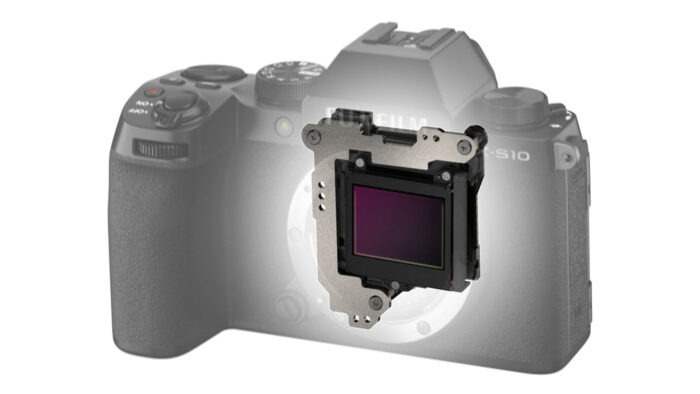
4. Video
The X-S20 has a few interesting updates you won’t find on the previous model:
- 6.2K 30p “open gate 3:2” internal recording
- 4K 60p with 1.18x crop (X-S10 stops at 30p)
- 10-bit 4:2:2 for internal recording (X-S10 is 8-bit only)
- 360Mbps max. bitrate (X-S10 is 200Mbps)
- 12-Bit RAW via the HDMI output
- F-Log2 curve (13+ stops vesus 12 stops with F-Log)
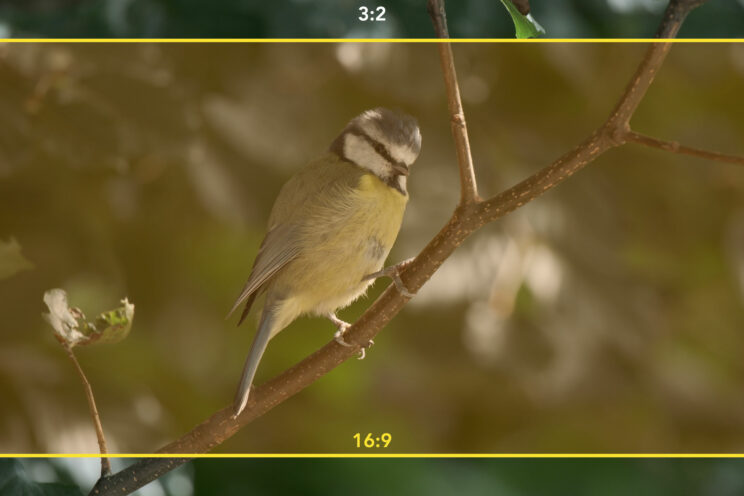
Both can record 1080p up to 60p, or 240p when using the High Speed Recording mode (1.29x sensor crop).
The X-S20 gets rid of the 30 minute / clip recording limitation. There is also the option to attach the cooling fan accessory (FAN-001) which, according to Fujifilm, will allow you to record 6.2K 30p video for up to 78 minutes without interruption.
Finally, the new V-Log mode, which has its own space on the main dial, makes it easy for the operator to change settings on the camera using the touch screen.
5. Battery
Another, and I would add, very welcome addition on the new camera is the bigger battery: the NP-W235, which was introduced with the X-T4 and is also used by the flagship X-H2 and X-H2S. This, combined with the better power management of the X-Processor 5, gives the new camera a longer battery life.
The X-S20 can manage approximately 750 frames in normal mode, as opposed to the 325 frames on the X-S10 with its smaller NP-W126S battery (both measured with the normal performance mode). That’s basically double the endurance, and it is valid for video too (110 vs 55 minutes of continuous recording in 4K 25p).
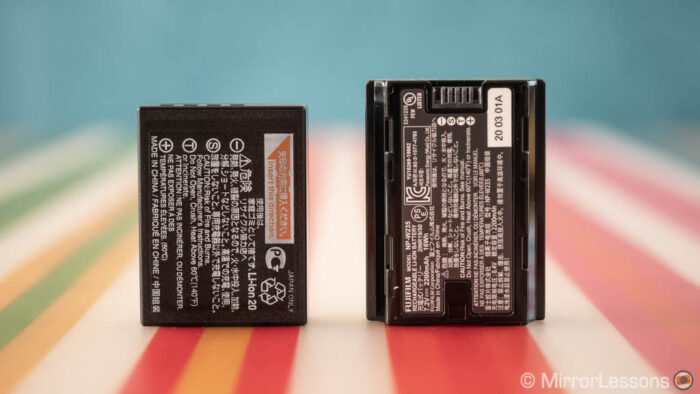
6. LCD monitor
The electronic viewfinder is the same, as mentioned in the bullet list of the introduction, and the rear monitor appears to be equal as well at first glance.
Both cameras have a 3.0-in LCD with multi-angle articulation and touch sensitivity. However, that of the X-S20 has more resolution: 1.84M vs 1.04M dots on the older camera. That is another nice touch from Fujifilm, as the higher quality screen means a better experience when requiring precise manual focus for example, among other things.
7. Nostalgic Negative Profile
You’ll find Fuji’s trademark colour profiles on both cameras. The X-S10 has 18 Film Simulation modes, the X-S20 has 19, including the latest Nostalgic Neg setting.
Below you can see a quick comparison for portraits between Nostalgic Neg and Provia (the standard profile).
8. Connectors and Card Speed
The two cameras come with a hot-shoe, a USB C port, a Micro HDMI port and a 3.5mm microphone input.
The X-S20 also has a 3.5mm headphone output, and its USB connection is faster: 10Gbps vs 5Gbps on the S10 model.
You can also use the X-S20 as a webcam without any software required on your computer.
There is only one SD card slot on each camera, but that of the X-S20 is UHS-II compliant, which means you can use cards with a faster writing speed.
9. Buffer
The continuous drive speed is the same (20fps with full sensor, 30fps with a 1.25x crop), but the buffer is larger on the X-S20, as you can see from the table below. Note that the reported data is valid for Compressed RAW files.
Buffer
X-S10
X-S20
30 fps
(1.25x crop)
29 JPG
17 RAW
407 JPG
88 RAW
20 fps
32 JPG
17 RAW
256 JPG
79 RAW
10 fps
81 JPG
21 RAW
1000+ JPG
341 RAW
10. Price
The Fujifilm X-S10 can be found for $1000, £930 or €1000.
The new X-S20 is more expensive at $1300, £1250 or €1400.
The 10 model is older, so you can also find it second-hand at a reduced price.
Note that the prices above are valid as of late May 2023.
Additional comparison articles:
X-S10 vs X-S20
First Thoughts
The X-S10 was a nice photo/video all-rounder launched with a competitive price, and was met very positively by the press and the enthusiast community. I had a chance to play with it and, despite not being a huge fun of its ergonomics (the grip is comfortable but the controls are small), it was one of the most interesting APS-C propositions for those on a limited budget.
The X-S20, despite the higher price tag, follows the same trend, and the extra money you have to spend is not without rewards: you get a much better battery life, a more advanced autofocus system and more professional video capabilities, all while maintaining the same compact design.
The new model is an interesting proposition in the APS-C segment, because it doesn’t have a lot of direct competition at the moment. Sony is busy with its V-log series, which is more video oriented (and actually the ZV-E10 has inferior video specs). Nikon hasn’t done much apart from entry level products, so the only other brand that is trying to bring a competitive camera, for photos and not just video, is Canon with the R7, but the latter is a bit more expensive, with less native lens selection as of now. So overall, I think the X-S20 is a very welcome addition.
Check price of the Fujifilm X-S10 on
Amazon | B&H Photo | eBay
Check price of the Fujifilm X-S20 on
B&H Photo

